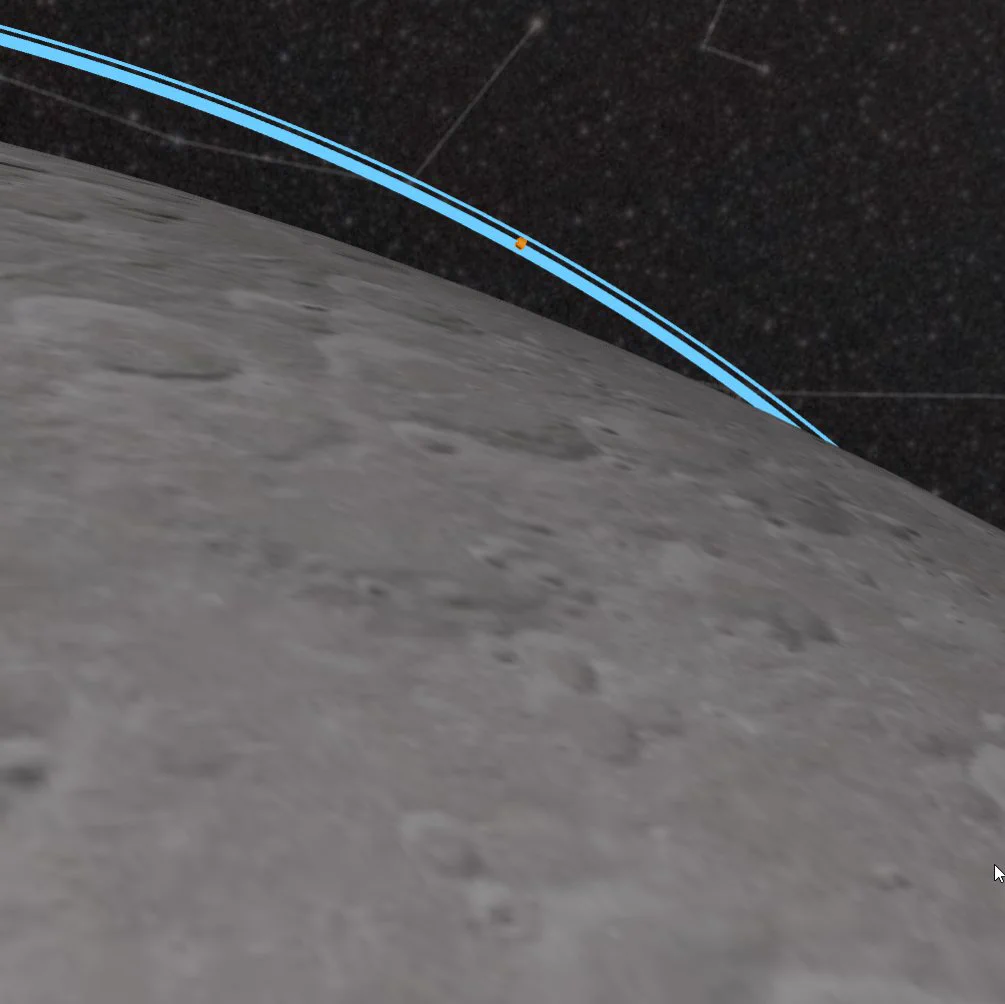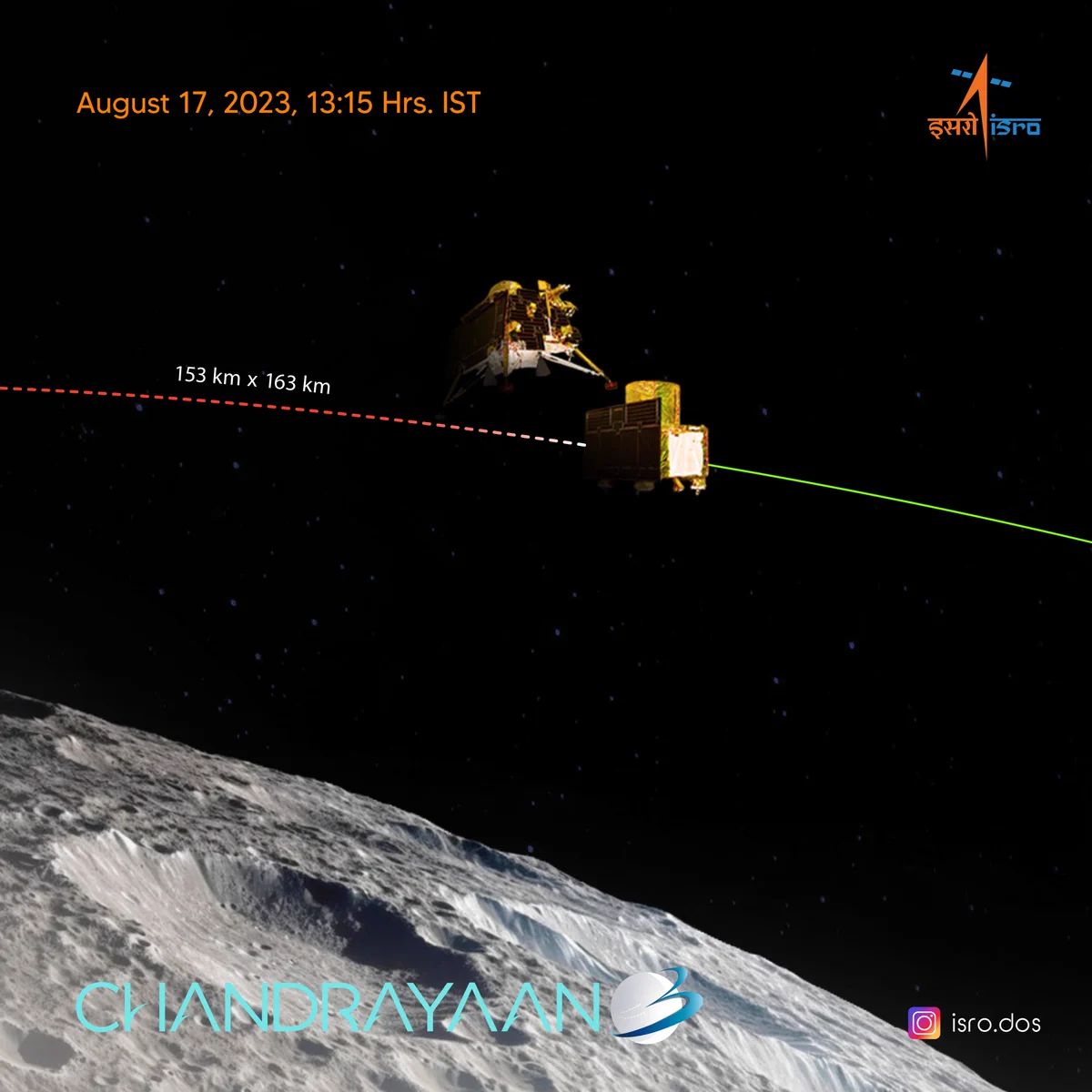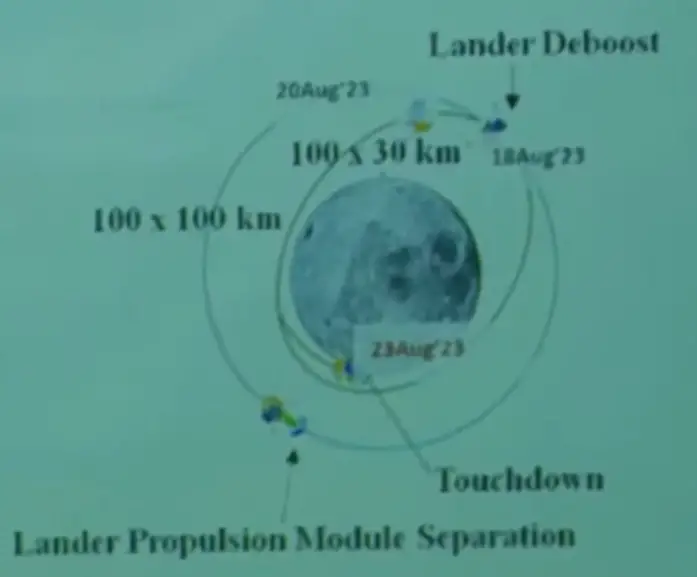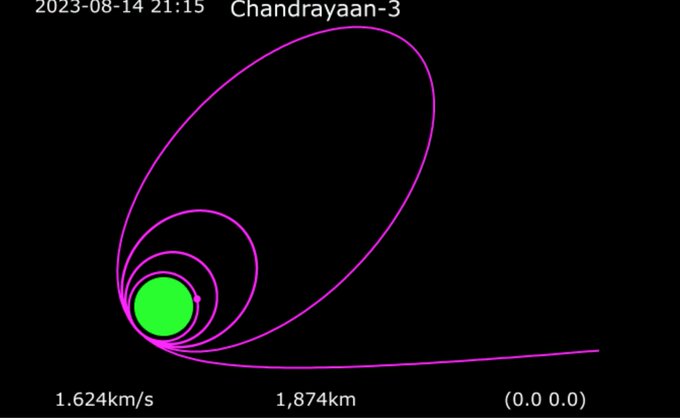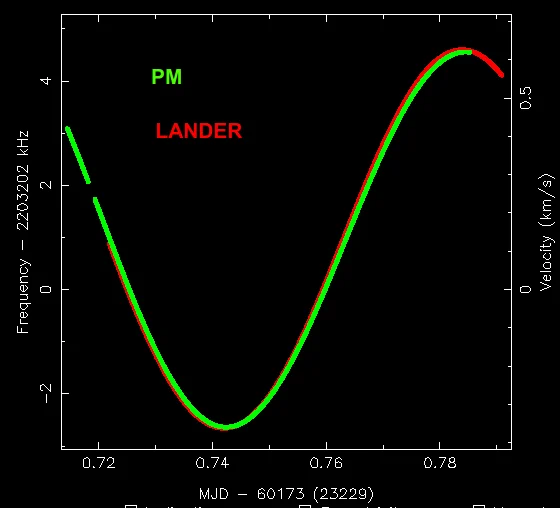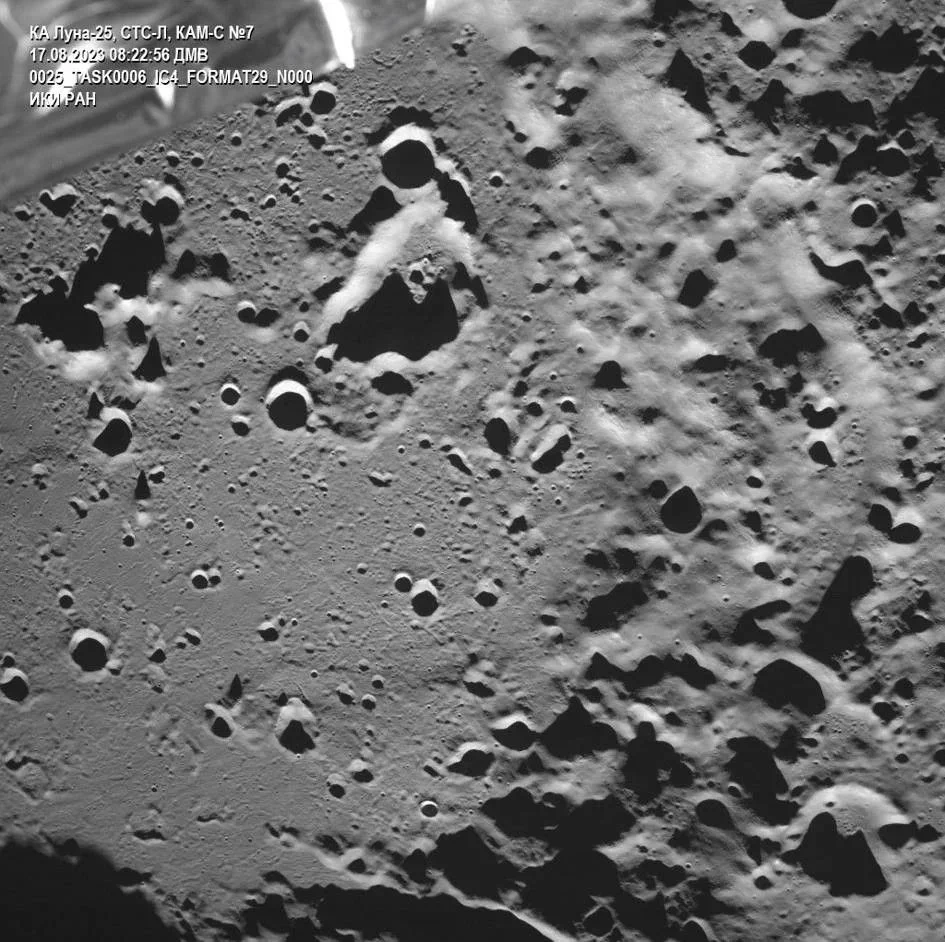SSridhar wrote: ↑14 Aug 2023 11:29
SSSalvi wrote: ↑14 Aug 2023 10:08For that there is a separate fixed frequency beacon used exclusively by satellite operator in conjunction with Ranging equipment using Tx/Rx for accurate measurements )
Also, laser-ranging through laser retro-reflectors affixed on spacecraft. Don't know if CY3 carries any.
The laser-ranging through laser retro-reflectors on the CY3 lander (The LRR payload) is a passive instrument for
Lunar laser ranging studies. This is a NASA payload which has been
accomodated on the CY3 lander.
Think of Lunar RetroReflector Array (LRA) is a highly polished mirror stuck on the lander and NASA plans to send a laser pulse to it and measure its reflection to Lunar ranging studies.
NASA is contributing the retroreflector for LRA (This will be a big help for future missions - if all other things fail, this could still survive - as it requires no battery so it will remain for a long time)
The way above is worded, it appears that NASA is doing ISRO/India a favor. That is not the case. It is exactly reverse.
ISRO/India is contributing its lander for NASA to do its Lunar Ranging studies. Further the conjecture on all other things fail, this could still survive as it requires no battery - is a remarkable wrong conjecture.
Simple if things fail, the LRA will be out of alignment and will not help NASA do its studies. So there is
no "could still survive as it requires no battery".
And again even ISRO chairman did not think much about LRA. Paraphrasing him: The LRA is just a mirror stuck on the lander. FWIW.
So to say NASA is contributing to ISRO's science is exactly reverse. It is ISRO/India that is contributing to NASA/USA science.
SSSalvi wrote: ↑12 Aug 2023 19:31
LUNA26 has 1 Targeted location and 2 standby locations.
It is interesting to see the spread of these locations on Moon surface.
First target is L25_A ( in subsequent video post I will show how these targets get illuminated with sunlight ), which will get twilight from 21st Aug, CH3 will get twilight on 22nd , L25_B will get twilight on 23rd and L25_C on 23rd.
So, Rus has kept some risk margin if 1st attempt is not executed and taking care that L25 will not clash with CH3 location.
Salvi'ji, I think you are being nice and charitable to Ruskies/Roscosmos.
1. For Roscosmos, C3 landing site and any kind of interference from Luna 25 was never under consideration. Even Roscosmos never acknowledged that it has taken into account any interference with C3. The "interference" part is a media play. The distances are so great that even a fraction of degree of separation makes kilometers of spatial difference.
Take the case of the last stage of Apollo 12 which went into a long journey around Earth just because of miscalculation on few kms/sec.
This is a "hail mary" pass by Roscosmos. Since they do not want to be left behind in the "space race" and they have to make it. Or seen making a try. Even to gain credibility as a junior partner to Cheen.
2. Roscosmos chose the landing site with the following criteria to identify the landing site in the S. Pole (70*) region of the moon:
a. Identify a landing site that is quite large (30 x 15 km ellipse). Why?
The Luna25 lander does not have an active maneuvering system during the landing phase [/list]
b. The slope of the surface within the landing ellipse cannot be more than 15*. [/list]
c. The surface must be
sufficiently smooth
d. Must meet the lunar day criteria of at least 40% and radio interval visibility from the Earth be at least 50%
After setting up those
engineering parameters, Roscosmos identified which craters will match the criteria that could do some science. And that's how they came up with the 69*S 43*E location which is north of Boguslavsky crater. Then the reserve points around Manzini and Pentland A crater.
Point is, Roscosmos went with engineering first approach as compared to science first approach of ISRO. This is a nuance that needs to be brought out.
Here is what I mentioned some days back:
Ruskie's first goal, "hey we reached first". Science, oh that is secondary. Let's do the engineering first.
Mission profile: just drop the Luna 25, it will slow down and it will slow down further. And then land, somewhere in the vicinity of where we intend to land. The Russian scientist says, but the crater is over there to study. Well, from the engineering perspective, that is the problem of the intertial navigation team. They were not precise enough.
Anyway, operation successful, even if the patient is dead
I might be adding more color in my subjective interpretation of Roscosmos, but it definitely is not far from the truth. How am I stating it? This is what Roscosmos states itself (discovered it after I made the above post)
https://iki.cosmos.ru/missions/luna-25 <-- Click on English version of the site if you do not know Russian.
